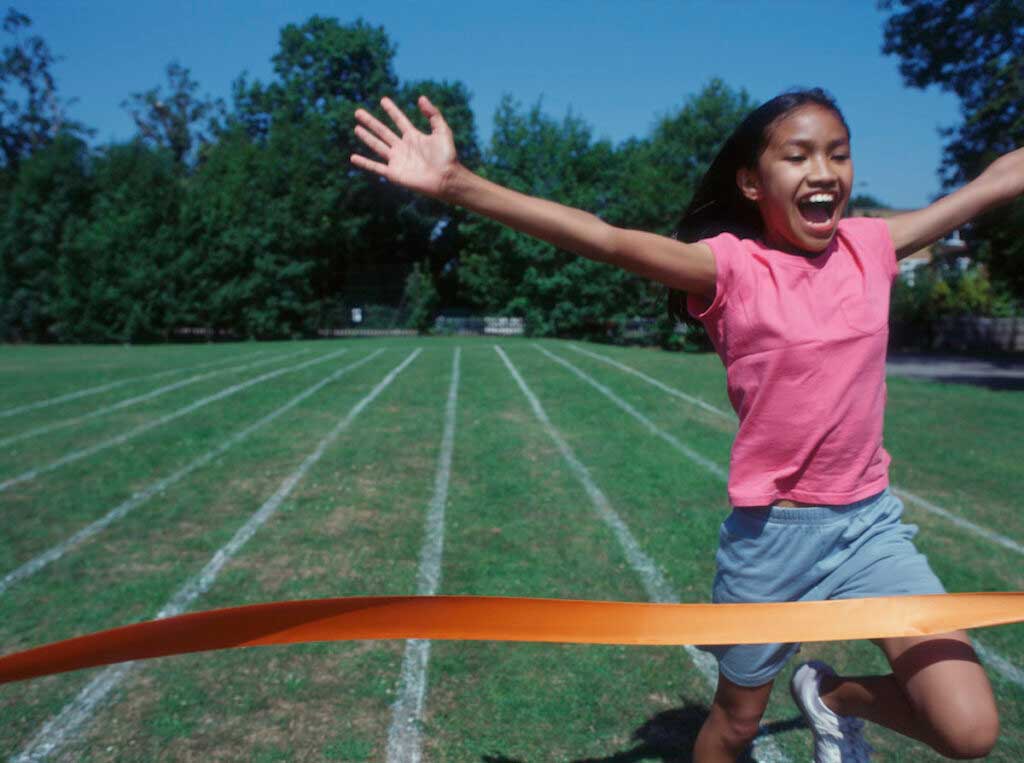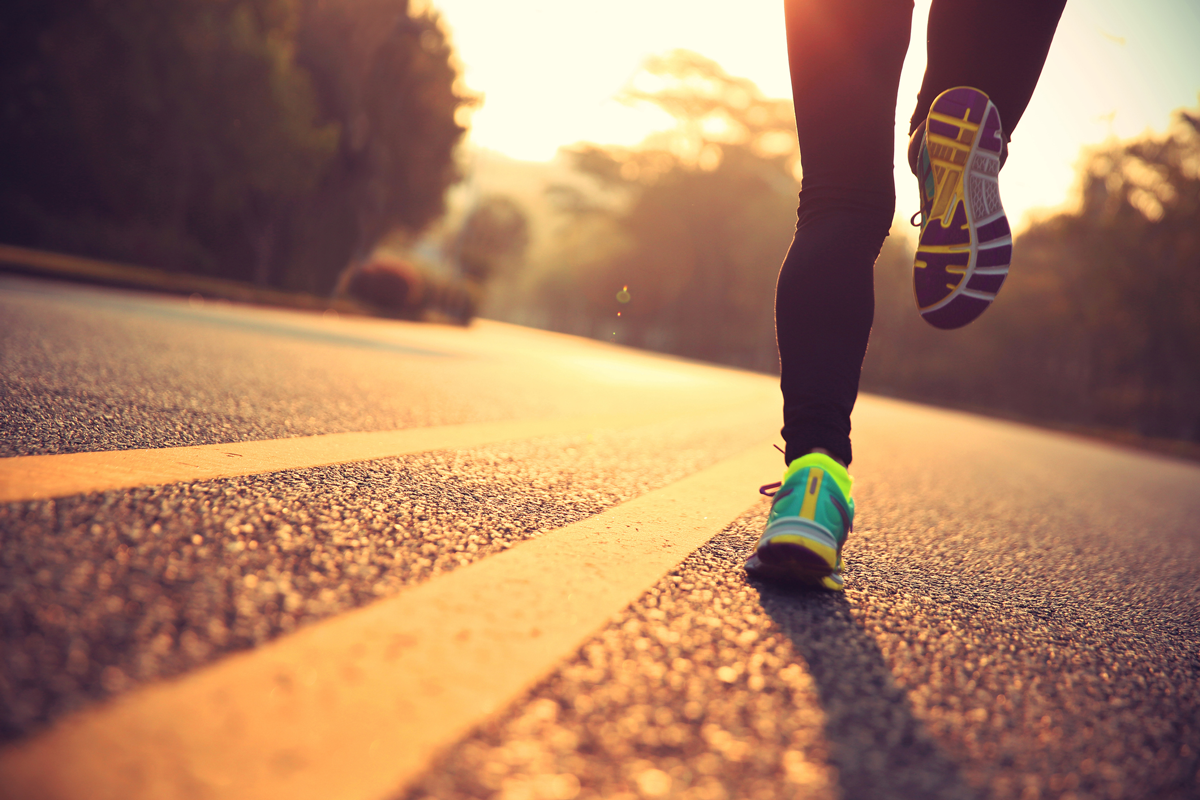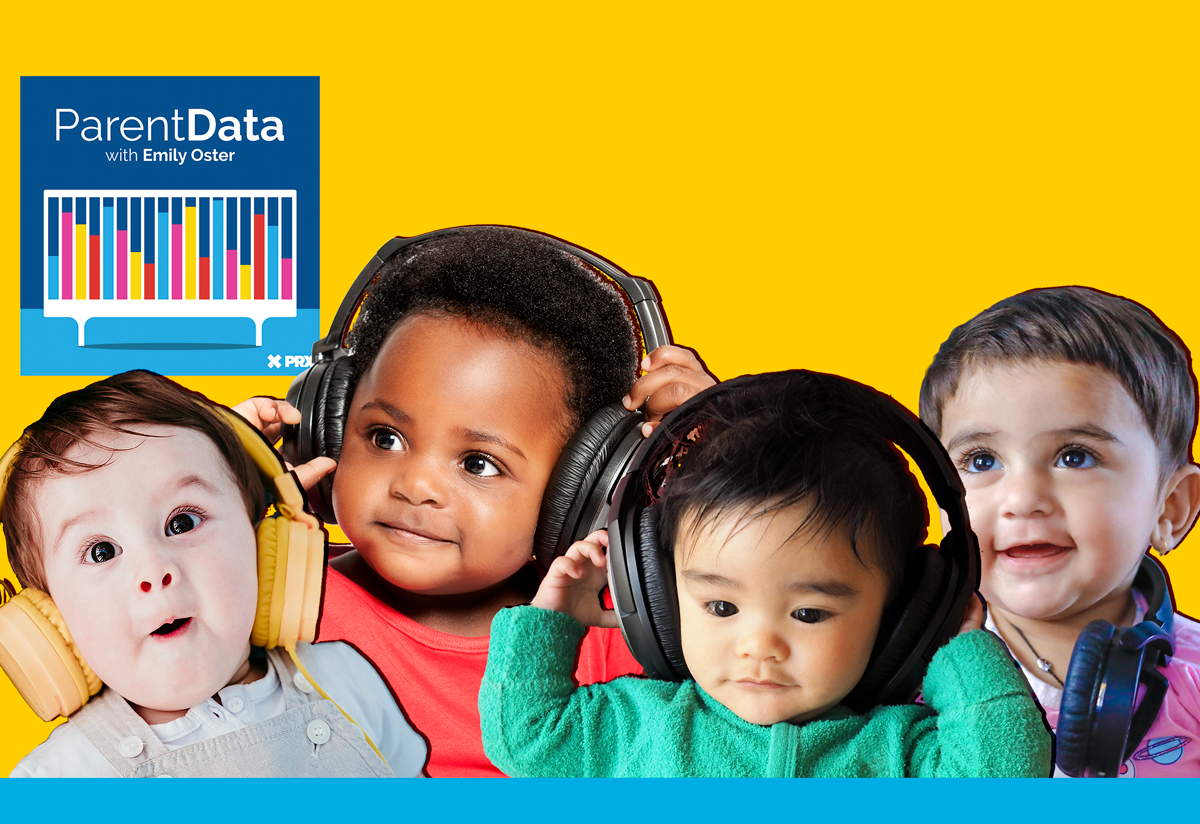Today on the podcast, I speak with Megan Roche, a doctor and researcher who specializes in female athlete health, an ultramarathoner, a running coach, and a mom. I wanted to talk to Megan because I get a lot of questions from you all about exercise in pregnancy and postpartum. What’s safe to do and what is not? How do I get back to what I was doing before? How do I know what is too much or too little? Megan works on this from a research angle, from a coach angle, and from a mom angle. I thought she’d be perfect.
This conversation is about exercise — and we do nerd out a bit about the value of carbohydrates in running, why women’s health is understudied, and whether I should do an ultramarathon — but the ideas we discuss go beyond just sports. It’s really about how to think about returning to the things you love to do post-children, whether that involves 100-mile trail runs or learning to paint. I hope you enjoy it!
Is exercise safe during pregnancy?
And so back in 1985, that 140 heart rate recommendation — which is this number out of the sky — they’re like, “Okay, this feels reasonable. Let’s start here.” And fortunately, the ACOG has backed off of that 140 recommendation now with the idea of, okay, let’s keep exercise feeling reasonable, let’s think about conversational efforts. Let’s go generally by effort more than heart rate. And it’s been refreshing to see that.
But I think there’s still a lot of work to be done and there’s a lot of confusion in this space of, okay, what is safe to do as an athlete? I think for me as a coach, I just want athletes to feel empowered to be in pregnancy and feel like they’re moving their body and enjoying it and not having it be an additional stressor, because there’s enough stressors as there is in pregnancy, and it’s like, let’s have exercise be this place of embracing mental health and embracing what we can do without all these additional vague stressors.
How can you prioritize exercise during pregnancy and postpartum, if it’s important to you?
But there’s another piece, which is, if this is something that’s important to you, it’s something you should build in. And you should say, “This is something I need to prioritize because it’s something I want to do.” And that’s okay. It’s okay to say this thing is important to you.
And each comment like that, it’s hard. It’s hard to endure when you care about something. And I think I’ve gotten better. It was hard to go through this, but as I’ve coached athletes, I’m like, no, this is important. I need to emphasize the importance to me and that it matters and it makes me a better mother and parent by getting out there and doing this. And I think it’s really helpful for me to have gone through this process and had to speak up for myself on it.
Why don’t we have more data on women’s health, in general?
If a researcher chooses not to study female athletes, I think they need to clearly state that in the abstract and clearly state that in the methodology and explain why they didn’t do that. Because it’s shocking the amount of research right now where we’re extrapolating from male athletes to female athletes, and it’s like, so many of these principles just don’t hold. It’s really challenging and it puts women athletes at a great disadvantage in terms of how they’re supported from a scientific standpoint.
And actually there’s been a fair amount of change in this over time, but it’s still true when we ask about things like drug trials or vaccine trials, they almost always exclude women who are pregnant or breastfeeding. And I think the place we saw this in the most extreme way was in COVID, where they basically excluded pregnant women from the vaccine trials for some ethical reasons. But then it turned out that was probably the population that would benefit among the most from the vaccine, and then people were afraid to do it because they weren’t included in the trial. So there was a real human cost to that exclusion that I wish we had thought about more in advance.
Full transcript
This transcript was automatically generated and may contain small errors.
I ran my first marathon earlier this year and someone asked how comparable that was to labor, and of course I had an answer, which was that labor is more physically painful, but you can’t stop, so you’re not forcing yourself to continue, whereas the marathon is really painful and you have to decide to continue. This is all to say I’m very interested in running, I’m interested in pregnancy, I’m interested in parenting, and I’m often interested in how they intersect. I get a lot of questions from people about how they can continue a movement practice, and that could be running, but it could be Orange Theory, or it could be walking, or it could be yoga. How they can continue that when they’re pregnant and afterwards. And it’s not just, and in fact, it’s almost never because people want to stay in shape or lose the baby weight.
It’s because people feel like themselves when they engage in these things. And it’s one of the many things that we can often feel like we lose when we have kids. My guest today, Megan Roche, is a researcher at the Stanford Center on Longevity. She has a focus on bone health and the genetic predisposition to injury. She also spends a lot of time thinking about what makes the female body different from the male body in athletics and how little we know about women’s bodies in sports and in general.
She’s also, I will say, just an absolute machine as a runner. She’s a five times trail running champion. She’s a six time member of Team USA. She’s a running coach. She hosts the Some Work All Play podcast, which I love. Megan and I are both athletes and we realize not everyone listening is, but I think that this conversation is universal for anyone who thinks about or has had the experience of having pregnancy just completely knock you sideways. You think you know what your body is, you think you know what it can do, and all of a sudden it’s different and you got to learn it again. And the good news is that often you come back and learn it, and it’s even better than it was before. We talk about bodies, our relationships with our bodies, some thoughts about getting active, and we hit Megan’s extra spicy take about running strollers. After the break, Megan Roche.
Megan Roche. So nice to have you. Thanks for joining me.
And I think when I get down to it, I think these conversations need to be really unique and nuanced for each athlete, for each person that’s thinking about exercising. It’s hard because it’s like when we’re trying to ascribe data or recommendations or guidelines, we have to start somewhere. But I think going forward, I would love for there to be, okay, here is a guideline. And I think we’re at that spot of let’s think of reasonable exercise, let’s think of conversational pace. But I also think there needs to be wiggle room and more discussion surrounding elite athletes and surrounding other alternatives and provide just that nuance that every pregnancy is going to be different. And also every pregnancy within an individual is going to be different too. I’ve seen some athletes train beautifully through the first pregnancy and then the second pregnancy is so hard and it’s just impossible to predict, I think, until someone goes through it.
Okay. But it’s exciting though because when I work with an athlete like this, when I coach an athlete like this, I’m like, “Just think about the performance gains that you’re going to have ahead.” My husband and I on our podcast, we use the term food doping because honestly the performance impacts from adequately fueling your body are so strong that they could actually be categorized … If you think about the magnitude and the sheer percentage of it, it’s so much that it’s … You actually compare it to doping efforts, which obviously we don’t want to do. That’s not great for athletes.
It’s challenging, and I think we are though … I think we’re in this area right now … There’s programs like Stanford FASTR. Boston Children’s has an amazing female athlete program, and there’s so much. I think companies and media are clamoring from more female athlete research that there’s almost been this explosion, which is amazing. We just have to make sure that that explosion of research and the explosion of how we talk about it is evidence-based and rigorous that way we’re not doing things for female athletes that might not actually be backed or supported by research.















Log in